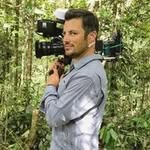
David Marsh | Space for Earth
🔭 Daily content from Space 🛰️ and Earth 🌎
🚀 Launched Dec 2024
🧭 @davidemarsh
🌍 Ambassador for @sen
Recent Posts
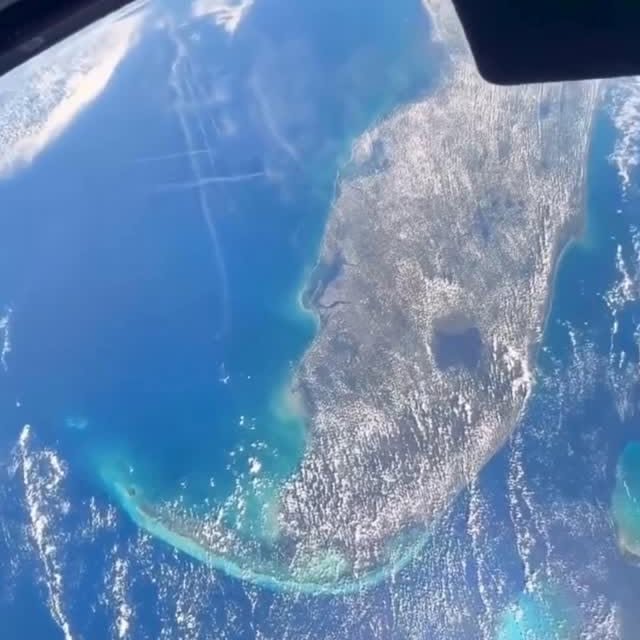
Space is helping us explore the planet in new ways. Only a few months ago, the Frsm2 mission changed Arctic exploration. Fram2 was a private human spaceflight mission operated by SpaceX with a Crew Dragon spacecraft on behalf of entrepreneur Chun Wang. During the mission, Wang and his all-civilian crew—Jannicke Mikkelsen, Rabea Rogge and Eric Philips—were launched into a polar orbit, a first for a human spaceflight mission. During the three-day mission, the crew conducted scientific research. The mission studied the Earth’s poles and their space environment. It was a free-flight mission of the Crew Dragon spacecraft, which was equipped with the panoramic cupola attachment that first flew on Inspiration4. Initially, Crew Dragon Endurance was selected for this flight, because it shares its name with Ernest Shackleton’s Antarctic exploration vessel. Due to changes in the Crew Dragon manifest, however, Endurance was assigned to Crew-10, and it was decided to fly Fram2 using Resilience. The mission launched from Launch Complex 39A at the Kennedy Space Center on 1 April 2025 at 01:46:50 UTC (31 March, 9:46:50 p.m. EDT, local time at the launch site). The mission is named Fram2 in reference and succession to the Norwegian polar exploration ship Fram, the first to complete expeditions to both the North Pole and South Pole between 1893 and 1912. The crew carried a piece of the ship’s teak deck to space. The mission entered a low Earth orbit with an apogee of 413 kilometers (257 mi) and a perigee of 202 kilometers (126 mi) with a polar retrograde inclination of 90.01°, making it fly over both of Earth’s poles. It broke the previous record for highest orbital inclination of a crewed spaceflight set by Vostok 6 in 1963. Because of the unique launch to the south, the software on the Dragon spacecraft was updated with new abort scenarios that would propel the capsule away from populated areas in Florida, Cuba, Panama and Peru to make a water landing. This video shows that orbit over Florida and the Bahamas.
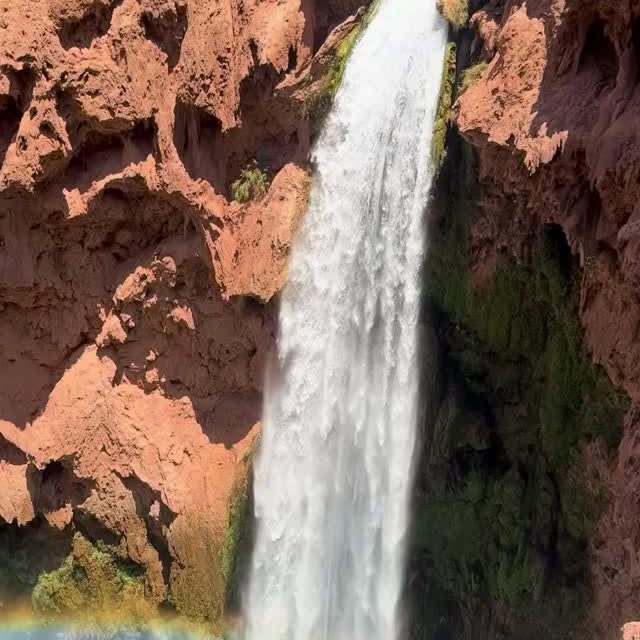
Here’s a hint: it’s within the United States, but belongs to a different nation. If you guessed the Grand Canyon, you’re right - but not exact. This is Mooney Falls along Havasu Creek, a tributary of the Colorado River, which runs through the Havasupai tribal lands which make up part of the Grand Canyon. The Havasupai people (Havasupai: Havsuw’ Baaja) are a Native American people and tribe who have lived in the Grand Canyon for at least the past 800 years. Their name means “people of the blue-green water”, referring to Havasu Creek. Havasu Falls is located 1.5 miles (2.4 km) from the main village of Supai. It is the most famous and visited of the various falls along Havasu Creek. It consists of one main chute that drops over a 90-to-100-foot (27 to 30 m) vertical cliff into a series of plunge pools. High calcium carbonate concentration in the water creates a vivid blue-green color and forms the natural travertine dams that occur in various places near the falls. Mooney Falls is a 212-foot waterfall further along the creek. It’s known for its turquoise waters and the challenging descent required to reach its base. The falls are a popular destination for hikers and campers, but the descent involves navigating tunnels, ladders, and chains Anyone can visit these natural wonders - but you’ll need a permit from the Havasupai tribe to camp on their lands. Footage of the Grand Canyon is provided by @sen, a UK company using cameras in space to help share the beauty of our planet.
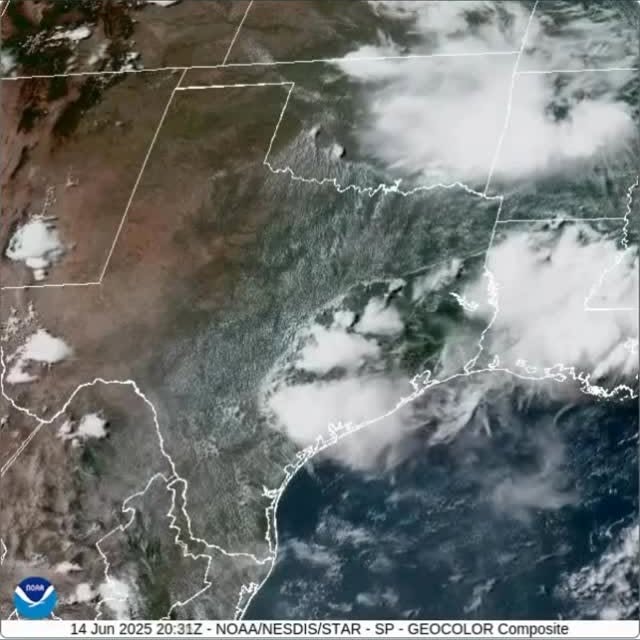
Texas has been hit by catastrophic flooding. But the storms have been brewing for days. This satellite imagery from NOAA reveals an outflow boundary, also known as a gust front, in southern Texas a a few weeks ago. This imagery is collected from various government satellites, like the GOES and Terra constellations, and is coordinated by the National Weather Service. An outflow boundary is a storm-scale or mesoscale boundary separating thunderstorm-cooled air (outflow) from the surrounding air; similar in effect to a cold front, with passage marked by a wind shift and usually a drop in temperature and a related pressure jump. Outflow boundaries can persist for 24 hours or more after the thunderstorms that generated them dissipate, and can travel hundreds of kilometers from their area of origin. New thunderstorms often develop along outflow boundaries. At least 80 casualties have been reported from the Texas floods already, as the Guadalupe River broke its banks a few days ago. Our hearts and prayers go out to those affected, and Godspeed to the rescuers.
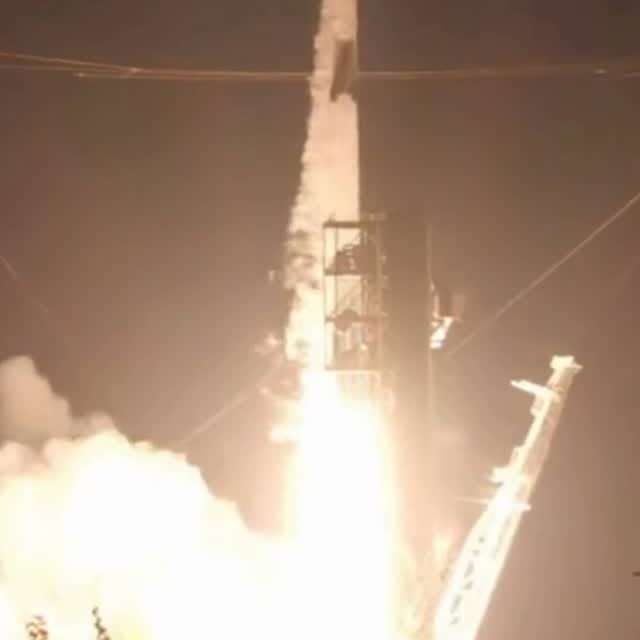
This is the most launched rocket in history. SpaceX has done it again (and again, and again, and again…). Will Falcon 9 make it to 1,000? Falcon 9 just launched for the 500th time, the most launches of any single rocket design in history. Out of 500 launches, only 5 failed, an even 99% success rate. SpaceX launched its first Falcon 9 rocket on June 4, 2010. Since then, the vehicle has gone through five major revisions, leading to the current Block 5 model that is used to launch satellites, robotic planetary missions and astronauts. The milestone mission lifted off with 27 Starlink satellites at 2:28 a.m. EDT (0628 GMT) today from Space Launch Complex 40 at the Cape Canaveral Space Force Station in Florida.
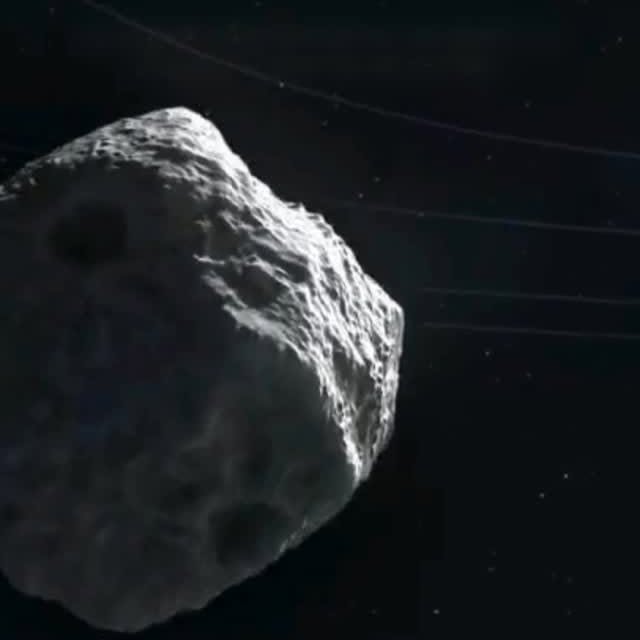
An object from another star system is headed for us. And it’s only the third one we’ve ever confirmed. On July 1, the NASA-funded ATLAS (Asteroid Terrestrial-impact Last Alert System) survey telescope in Rio Hurtado, Chile, first reported observations of a comet that originated from interstellar space. Arriving from the direction of the constellation Sagittarius, the interstellar comet has been officially named 3I/ATLAS. It is currently located about 420 million miles (670 million kilometers) away. Since that first report, observations from before the discovery have been gathered from the archives of three different ATLAS telescopes around the world and the Zwicky Transient Facility at the Palomar Observatory in San Diego County, California. These “pre-discovery” observations extend back to June 14. Numerous telescopes have reported additional observations since the object was first reported. The comet poses no threat to Earth and will remain at a distance of at least 1.6 astronomical units (about 150 million miles or 240 million km). It is currently about 4.5 au (about 416 million miles or 670 million km) from the Sun. 3I/ATLAS will reach its closest approach to the Sun around Oct. 30, at a distance of 1.4 au (about 130 million miles or 210 million km) — just inside the orbit of Mars. It is the third interstellar object confirmed, after 1I/ʻOumuamua (2017) and 2I/Borisov (2019). Another object, called CNEOS 2014-01-08 and also known as Interstellar meteor 1 (IM1), was a 0.45 m (1.5 ft) meteor that impacted Earth on 8 January 2014 near the northeast coast of Papua New Guinea. It was claimed to be an interstellar object in a 2019 preprint by astronomers Amir Siraj and Avi Loeb, and this was published in 2022. This was supported by the U.S. Space Command in 2022 based on the object’s velocity relative to the Sun. NASA and other astronomers doubt this, and still other experts found Earth-related explanations for the purported meteorite impact instead. Observing this object gives us the opportunity to learn more about other solar systems, and thus learn more about the formation of our own local part of space.
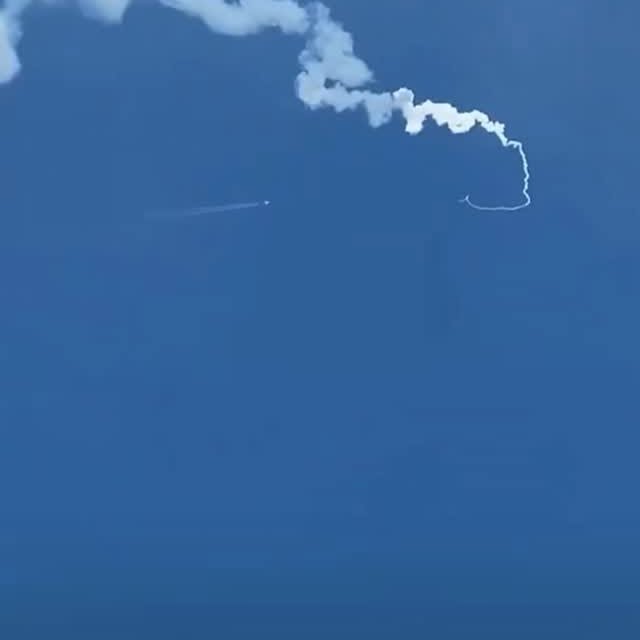
Thailand knows how to party. Sometimes they party too hard. Every year, the Bun Bang Fai, or “Rocket Festival”, takes place in May. It is a merit-making ceremony traditionally practiced by ethnic Lao people at the beginning of the wet season in various villages and municipalities in Northeastern Thailand and Laos. The festivities typically include music and dance performances, competitive processions of floats, dancers, and musicians on the second day, and the competitive firing of homemade rockets on the third day. This year, one of those rockets performed better than expected - and almost hit a passenger airliner. Thankfully a crisis was avoided. Even if the rocket connected with the plane, it would not have had enough energy to damage it. Accidents happen - just watch White Lotus season 3, also set in Thailand. Footage from user accounts on TikTok.

Have you ever thought about the PACE at which grass grows? NASA does! Using the PACE satellite, they track plant growth all over the world to understand more about the largest biomass on our planet. Plankton, Aerosol, Cloud, ocean Ecosystem (PACE) is a 2020s NASA Earth-observing satellite mission to observe global ocean color, biogeochemistry, and ecology, as well as the carbon cycle, aerosols and clouds. PACE is intended to be used to identify the extent and duration of phytoplankton blooms and improve understanding of air quality. These and other uses of PACE data are expected to benefit the economy and society according to NASA, especially sectors that rely on water quality, fisheries and food security. If you buy fresh groceries, the data from PACE has impacted your life. This visualization of one year of data from PACE was originally compiled by NASA. PACE is one of the newest NASA missions. The PACE project is managed by NASA Goddard Space Flight Center. The main instrument and bus were designed and built at Goddard Space Flight Center. On 4 February 2020, NASA announced the selection of SpaceX to launch PACE on a Falcon 9, at a total cost to NASA of US$80.4 million, including the launch service and other mission-related costs. The total cost of the mission is $964 million, which includes spacecraft construction, launch, and operations. PACE successfully launched on 8 February 2024 at 06:33 UTC. On 17 April 2024 it was announced that first operational data was received.
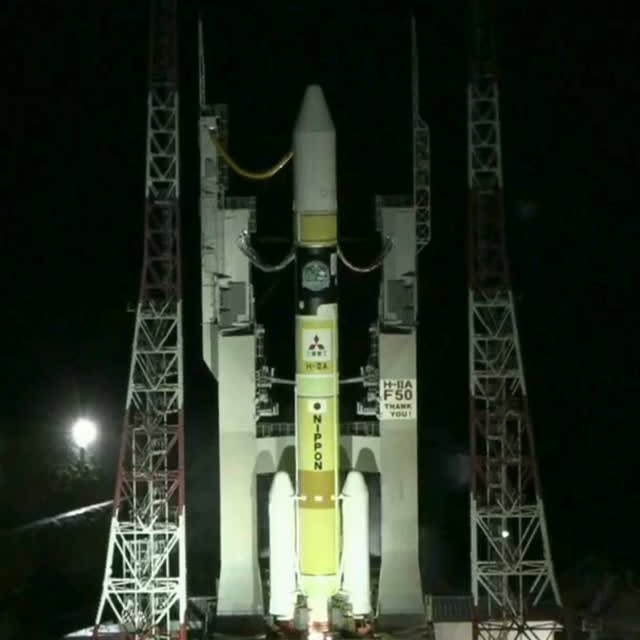
Japan continues to expand their space program with a historic launch. Only a few days ago, JAXA launched the world’s newest climate science satellite onboard an H-IIA rocket. This is the 50th, and final, launch of this rocket class. GOSAT-GW (Greenhouse Gases Observing Satellite Greenhouse gases and Water cycle), also known as Ibuki GW and formerly known as GOSAT 3, is JAXA’s next-generation satellite to monitor the greenhouse gases like carbon dioxide in the Earth’s atmosphere. It is the follow on to the GOSAT 2 (Ibuki 2) and GCOM-W (Shizuku) missions. GOSAT-GW will have 2 instruments: Total Anthropogenic and Natural emissions mapping SpectrOmeter-3 (TANSO-3), for observing concentrations of greenhouse gases, such as carbon dioxide and methane, over a wide area and with high precision for improved estimation accuracy of greenhouse gas emissions Advanced Microwave Scanning Radiometer 3 (AMSR-3), which will estimate the geophysical quantity of Earth’s water on land, sea-surface, and in the atmosphere. These instruments will help advance climate science around the world. Japan has established a multibillion-dollar Space Strategic Fund to help develop the country’s innovation, autonomy and international competitiveness in space. Japan’s cabinet approved a bill to establish a $6.7 billion (1 trillion yen), 10-year fund for the Japan Aerospace Exploration Agency (JAXA) in November, aimed at supporting development, technology demonstration, and commercialization of advanced technologies in the space field. Expect to see more launches like this from Japan’s spaceport at Tanegashima Island.
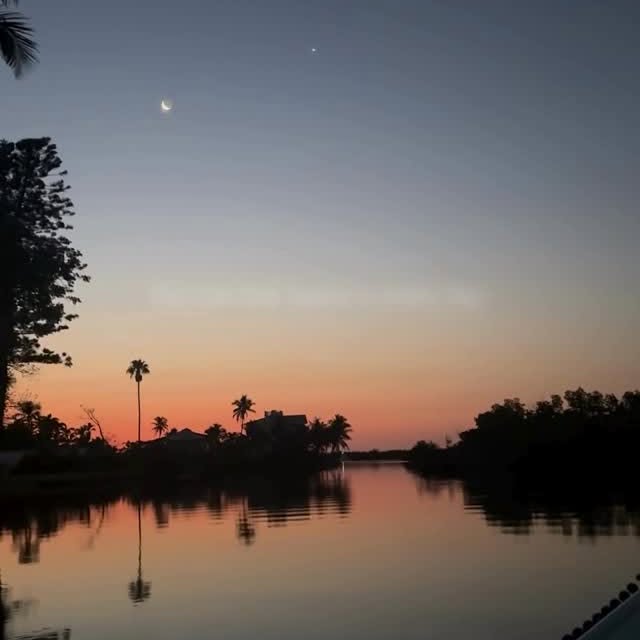
Here’s a challenge for you: for just one day, notice how often space impacts your life. You won’t believe the result. Take some time to reflect and count: Every time you see the moon or notice a star ✨ Every time you use a GPS device for directions 🧭 Every time you check the weather 🌤️ Every time you look at Google Maps for a satellite image 🛰️ Every time you log into the internet 📡 Every time you see a word related to space (they’re everywhere), like star names, famous astronauts. You’ll be surprised at how many you count in a day. Comment your number, and your best examples, for a chance to win a surprise. Or DM me here. Reflection is good for the soul - what else did you learn from this exercise? Earth is a part of space, and space is a part of Earth. Since we’re part of Earth, we’re an intrinsic part of Space, too.

SpaceX isn’t the only one blowing up test rockets. NASA just blew up a Space Launch System (SLS) Solid Rocket Booster (SRB) during testing in Utah with Northrop Grumman. SLS is a core part of NASA’s plans to return astronauts to the moon for the Artemis program. But those plans are at risk. According to Ars Technica: “NASA’s Space Launch System appears to have a finite shelf life. The Trump administration wants to cancel it after just three launches, while the preliminary text of a bill making its way through Congress would extend it to five flights. But chances are low the Space Launch System will make it to nine flights, and if it does, it’s questionable that it would reach that point before 2040. The SLS rocket is a core piece of NASA’s plan to return US astronauts to the Moon under the Artemis program, but the White House seeks to cancel the program in favor of cheaper commercial alternatives.” On Thursday, during a test of the 9th Artemis SLS SRB, an exhaust nozzle ripped off, leading to the spectacular explosion you see here. This failure sheds further doubt on the shelf-life of SLS - especially as SpaceX Starship and other commercial solutions continue to develop. They wouldn’t be rockets if they don’t explode during testing. Footage from NASASpaceFlight.
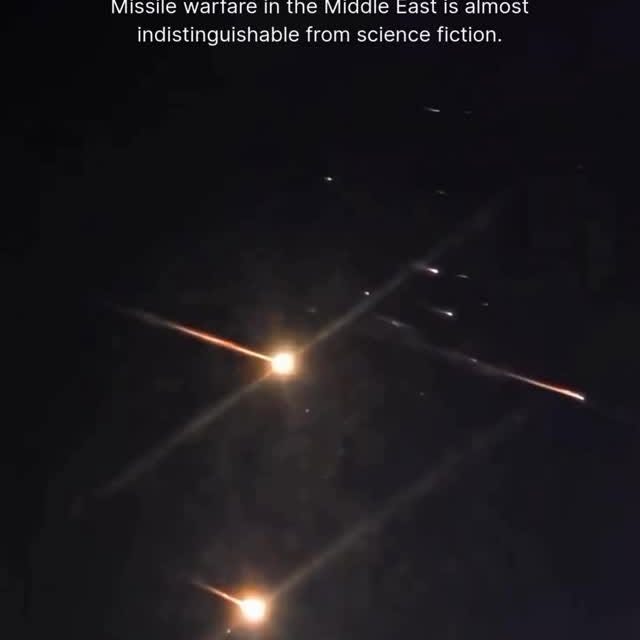
This is the state of war today - missiles and rockets, hypersonics and interceptors. Like a scene from Blade Runner, except this footage is from Israel one week ago. All using space, either for targeting intelligence via satellite imagery; command and control architectures using satellite communications; or space-based radar for tracking. Ballistic missiles can even pass into space at the apex of their flight paths. While a ceasefire appears to be in effect between Israel, Iran, and the United States, this type of shooting war can break out again. The United States is planning the development of a new missile defense system called “Golden Dome”, which would cost hundreds of billions and heavily utilize space assets. Such a system would use space-based interceptors and radars to intercept hypersonic missiles headed for the United States. The U.S. entered the war with Iran by bombing nuclear sites only a few days ago. Let’s hope peace holds, but remember the saying: “si vis pacem, para bellum.” “If you want peace, prepare for war.”

Three new countries will visit the International Space Station as part of the Axiom-4 mission: 🇮🇳 India 🇭🇺 Hungary 🇵🇱 Poland The Ax-4 crew of four consists of commander Peggy Whitson, an Axiom employee and former NASA astronaut; pilot Shubhanshu Shukla of the Indian Space Research Organisation; and mission specialists Sławosz Uznański-Wiśniewski, a European Space Agency project astronaut from Poland, and Tibor Kapu representing the Hungarian Space Office. Shubhanshu Shukla is the first member of India’s astronaut corps to fly to space. The mission represents the first government-sponsored human spaceflight in over 40 years, and the second overall, for India, Poland, and Hungary, with each country having previously participated in one Soviet-era Interkosmos mission. SAA While the Interkosmos missions docked at Salyut 6 or Salyut 7, this is the first mission for those countries to the ISS. They’re headed to the ISS onboard a SpaceX Dragon vehicle, named Grace, on the inaugural flight. Grace is the fifth and final SpaceX Crew Dragon to be built, and SpaceX plans to transition to using Starship for crewed flights in the future. Godspeed Ax-4 @axiom.space and @spacex
Similar Influencers

Quantum Computing & Tech ⚛️

Prompted | Intelligenza Artificiale


Growth Forge AI

AI Strategies | Business Growth

Awakened Truths

CNET

Quantum | Agência de resultado

Physics Funny

the calculus guy

Rachel Barr | Neuroscientist

TECtalks

𝐂𝐡𝐢𝐩𝐮𝐥𝐚𝐫𝐢𝐭𝐲 ™ | 𝐓𝐞𝐜𝐡𝐧𝐨𝐥𝐨𝐠𝐲 | 𝐘𝐨𝐮𝐫 𝐄𝐝𝐠𝐞

Early Startup Days

Taylor Perkins (Cult Daddy)

Space Cameo

Nobel Prize

SCIENCE & TECHNOLOGY

Sinéad Bovell

Nathan Hodgson

AI Folks

Startup Archive

Space | universe | knowledge

Billy Carson

BBC News

Lucio Arese

The Science Fact
NPR

Qubit Quest
